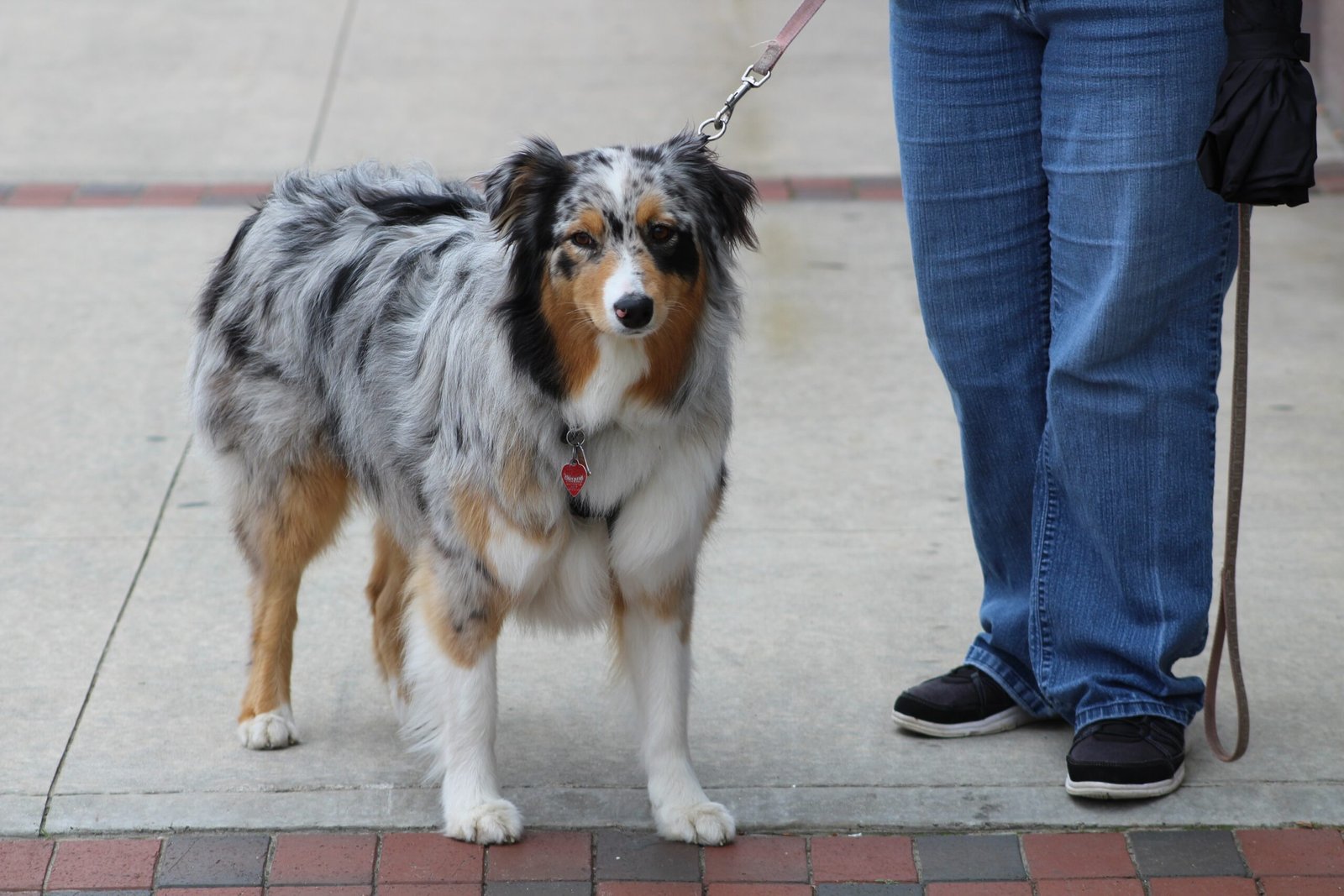Think your dog sees you as the boss? Think again. Many dogs instinctively view their human family as a pack—and if you’re not setting consistent boundaries, they might decide they’re in charge. This can lead to behaviors like pulling on the leash, ignoring commands, or guarding resources. Establishing yourself as a calm, confident leader helps your dog feel secure and balanced. With the right mix of structure, love, and positive reinforcement, you can build a happier and more respectful bond—alpha or not.
The Surprising Truth About Your Relationship With Your Dog
Imagine this: you come home after a long day, and your dog leaps into your arms, tail wagging furiously. It feels like you’re their whole world. But what if your dog doesn’t see you as the leader of the pack? For years, we’ve believed that dogs look to us as their alphas, but recent research paints a very different—and sometimes hilarious—picture. The truth is, many dogs see their humans as equals or even as the ones who need looking after. This shift in understanding has turned the old “pack leader” idea upside down, revealing a relationship based on trust, affection, and mutual quirks rather than strict hierarchy. So, who’s really in charge? The answer might surprise—and humble—you.
How Dogs See Their Human “Pack”
Dogs are social animals, descended from wolves, and naturally form packs—whether with other dogs or with people. But unlike wolves, today’s dogs don’t always look for a dominant alpha. Instead, they bond with humans as family, valuing connection and security more than rank. Many experts now agree that dogs thrive in environments where everyone works together. Your dog might see you as a caregiver, a playmate, or even a sibling. Rather than waiting for commands, they pick up on your moods, routines, and habits, weaving themselves into the fabric of your daily life. Rather than strict hierarchy, it’s emotional closeness that defines the pack.
The Alpha Myth: Where Did It Come From?
The idea that you must be the alpha comes from misinterpreted wolf studies in the mid-20th century. Early researchers watched unrelated wolves in captivity, noting aggressive battles for dominance. These findings were applied to dogs, leading to the belief that you had to “dominate” your pet to gain respect. However, more recent studies of wild wolf families reveal that packs are usually led by parents, not ruthless alphas. As science has advanced, we’ve realized that our dogs don’t respond best to power plays. Instead, they look for guidance, kindness, and consistency.
Reading Dog Body Language: Who’s Leading Whom?
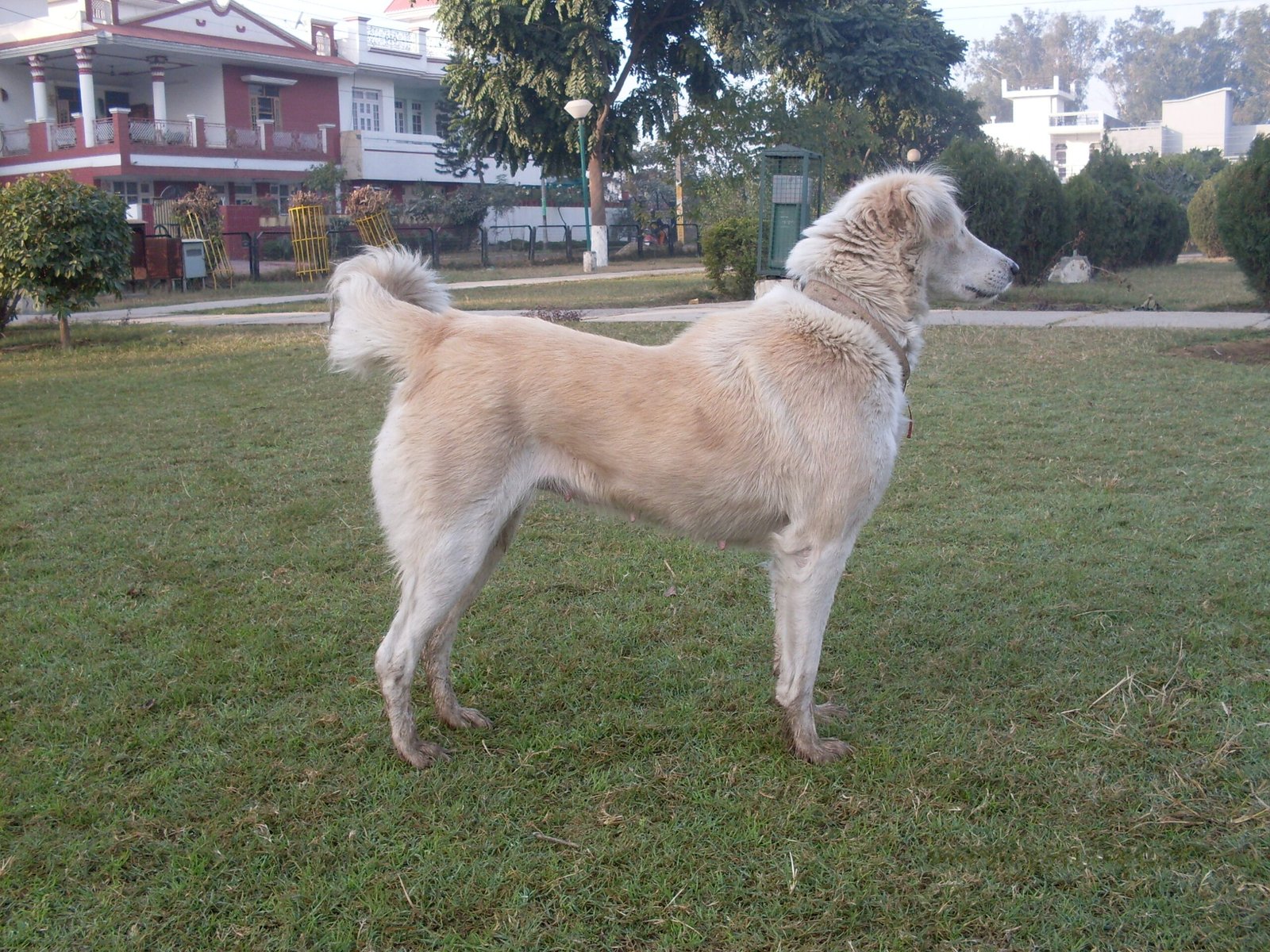
Ever notice how your dog follows you from room to room, or waits for you at the door? Many people take this as a sign of loyalty, but it might actually mean your dog is keeping tabs on you, making sure you’re safe! Dogs communicate through subtle signals: a wagging tail, a yawn, averted eyes. If your dog gently leans on you or nudges your hand, it could be their way of reassuring you—or asking for guidance. Dogs are masters at reading people, often responding to your emotions before you even realize you’re feeling them. In many homes, dogs quietly steer the dynamic, offering comfort or excitement when they sense it’s needed.
Training Without Dominance: Building Trust Instead
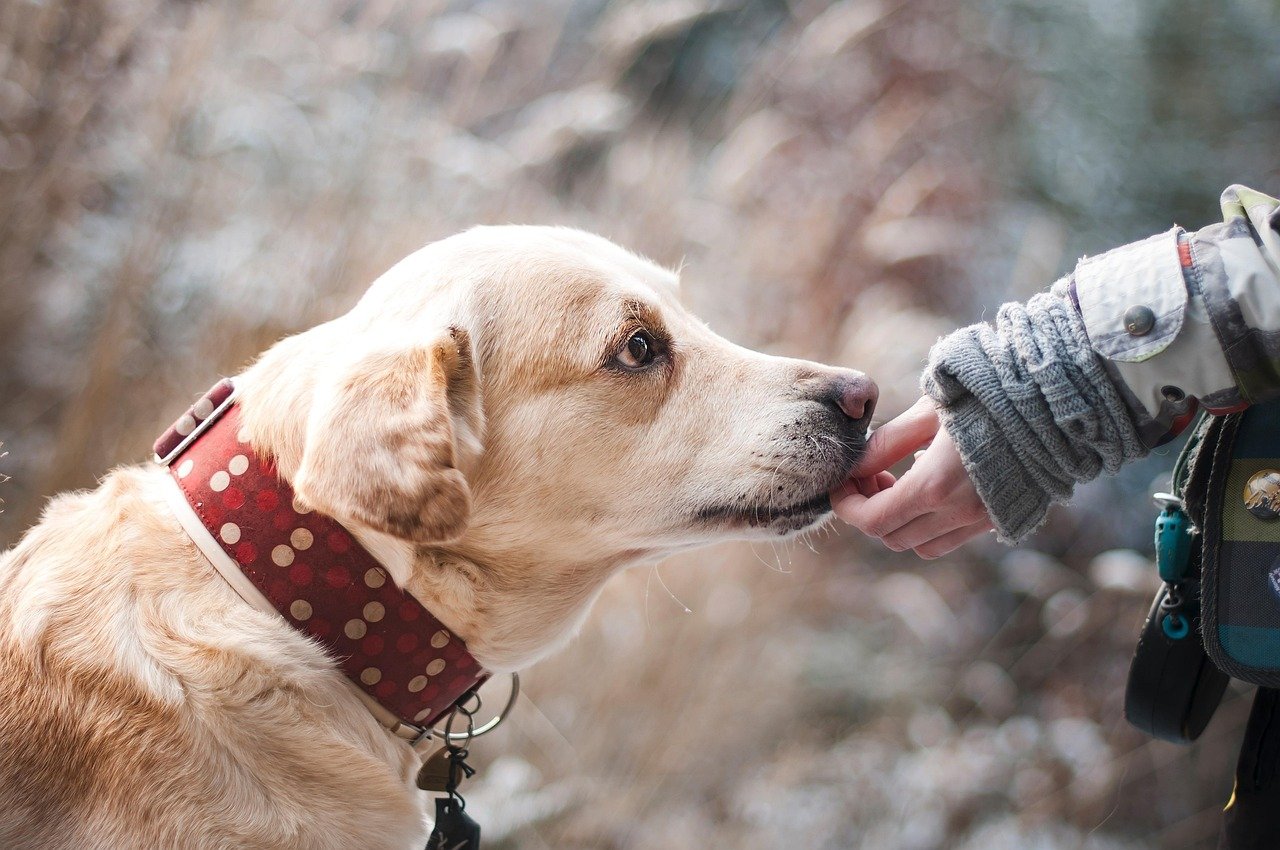
Gone are the days when dog training meant harsh corrections and strict rules. Today, the most effective methods focus on building trust, using positive reinforcement to reward good behavior. When you treat your dog with respect and patience, you encourage them to listen and learn. Simple things—like rewarding calmness, redirecting unwanted habits, and offering praise—help create a strong bond. It’s less about being the boss, and more about being a reliable partner. Dogs trained this way are often happier, more confident, and eager to please.
Signs Your Dog Thinks You Need Supervision
If your dog constantly checks on you, leads you during walks, or “herds” you away from danger (like a vacuum cleaner), don’t be surprised! Many dogs take it upon themselves to watch over their humans. Some even try to “manage” household routines, barking when it’s time for dinner or nudging you toward the door for walks. These behaviors aren’t about dominance—they’re a sign that your dog feels responsible for your well-being. It’s their quirky way of showing they care, even if it sometimes feels like they’re running the show.
Who’s Really in Charge During Walks?
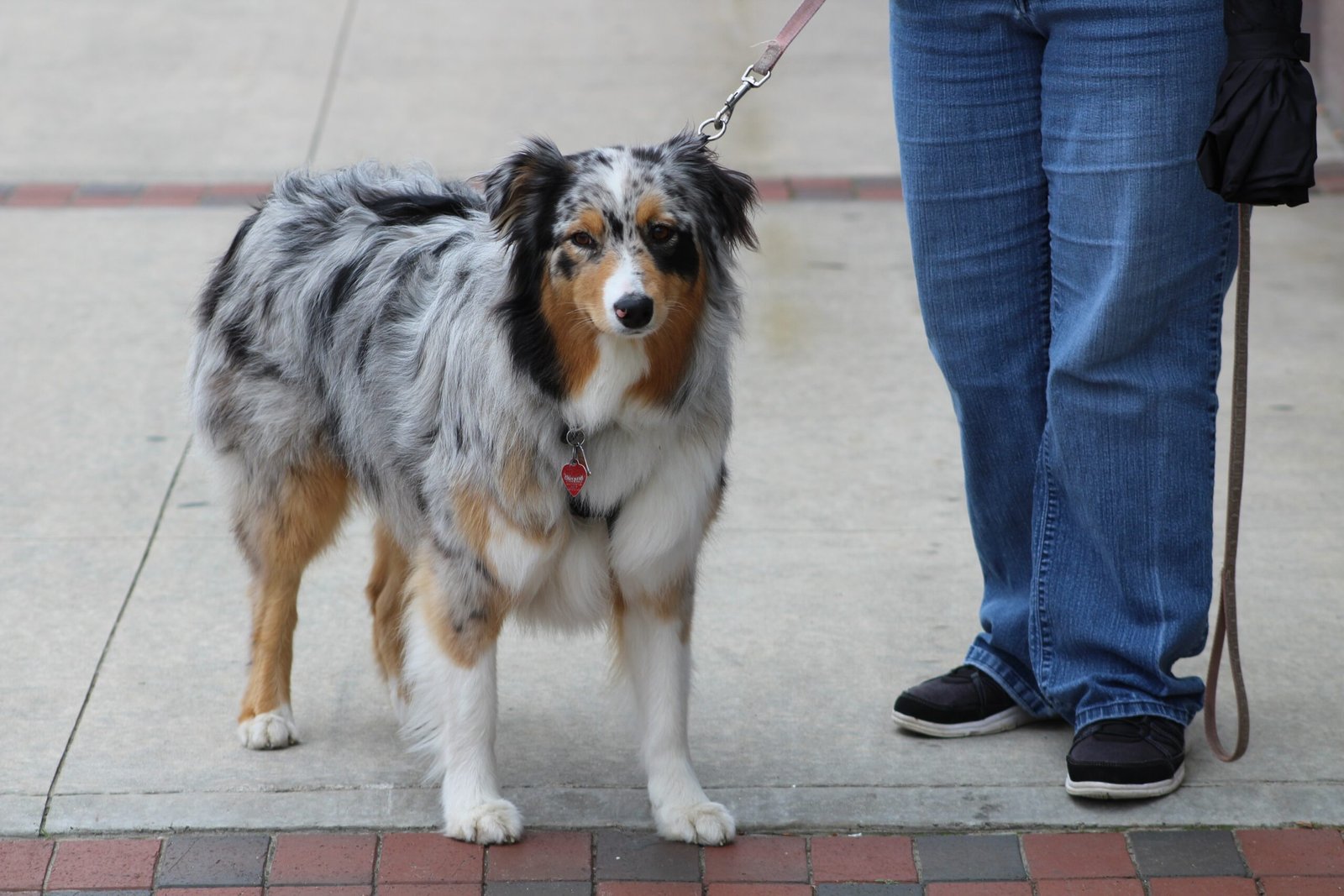
Have you ever tried to walk your dog, only to be dragged at full speed down the sidewalk? While you may have the leash, your dog often decides where to sniff, when to stop, or which direction to go. In these moments, it becomes clear that dogs see walks as a team activity, not a military march. They want to explore, investigate, and sometimes even protect. Instead of fighting for control, many trainers suggest treating walks as adventures you share, giving your dog choices while maintaining gentle guidance. It’s a partnership, not a power struggle.
The Role of Routine: Dogs as Creatures of Habit
Dogs thrive on routine, and they quickly learn the rhythms of your household. They know when you get up, when you eat, and when it’s time for a stroll. Sometimes, it even feels like your dog is reminding you of your own schedule! If you’re late with breakfast, expect a nudge or a soulful stare. By enforcing routines, dogs help bring order to chaos, often taking the lead in daily activities. This sense of predictability makes them feel secure, and they pass that comfort on to you, too.
Emotional Support: When Your Dog Takes Care of You
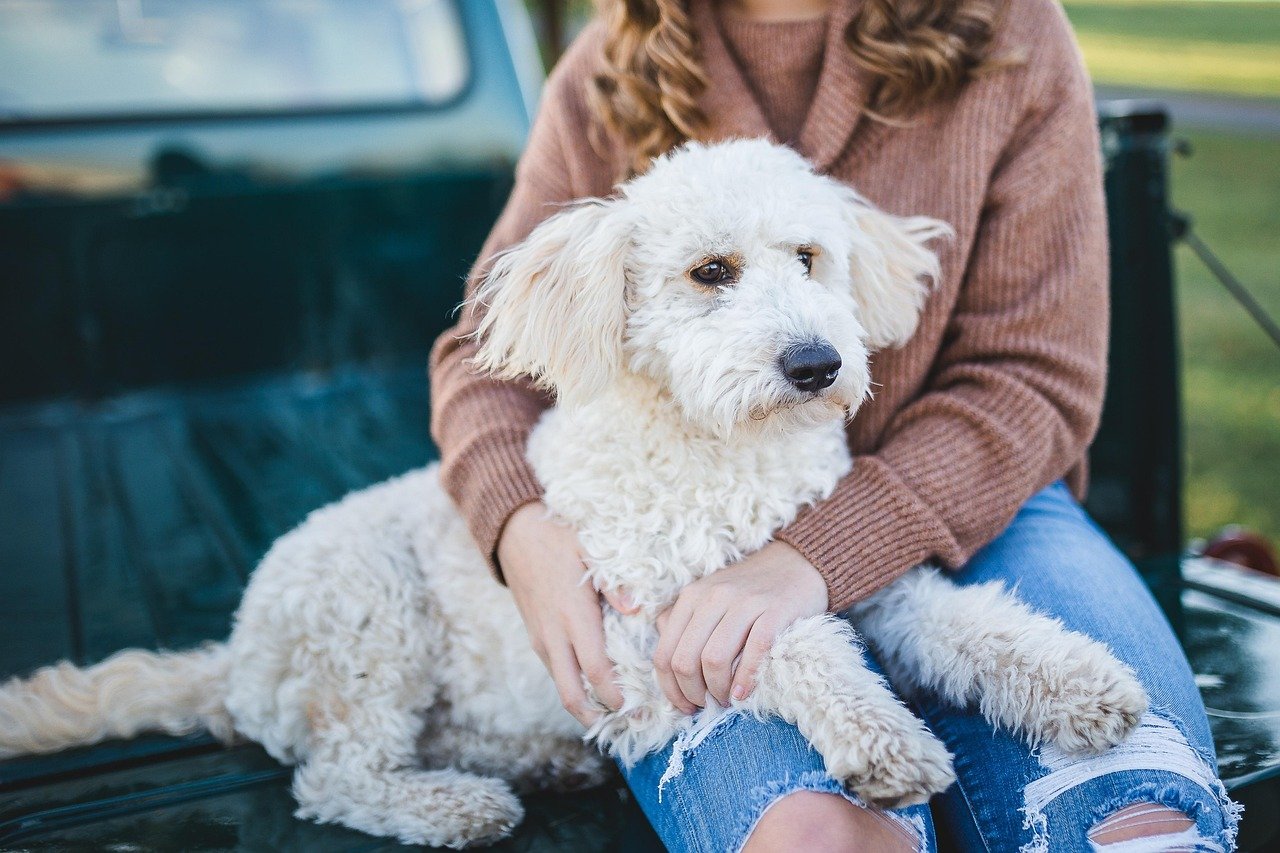
There’s nothing quite like the comfort of a dog’s presence when you’re feeling down. Dogs are incredibly sensitive to human emotions. They can sense sadness, anxiety, or excitement, and often adjust their behavior to match your mood. Many dogs instinctively cuddle closer when you’re upset, or act silly to make you laugh. In these moments, it’s clear that dogs see themselves as your emotional guardians, not just pets. Their ability to soothe and support is a gentle reminder of the depth of the human-canine bond.
Jealousy and Protectiveness: Signs of Pack Loyalty
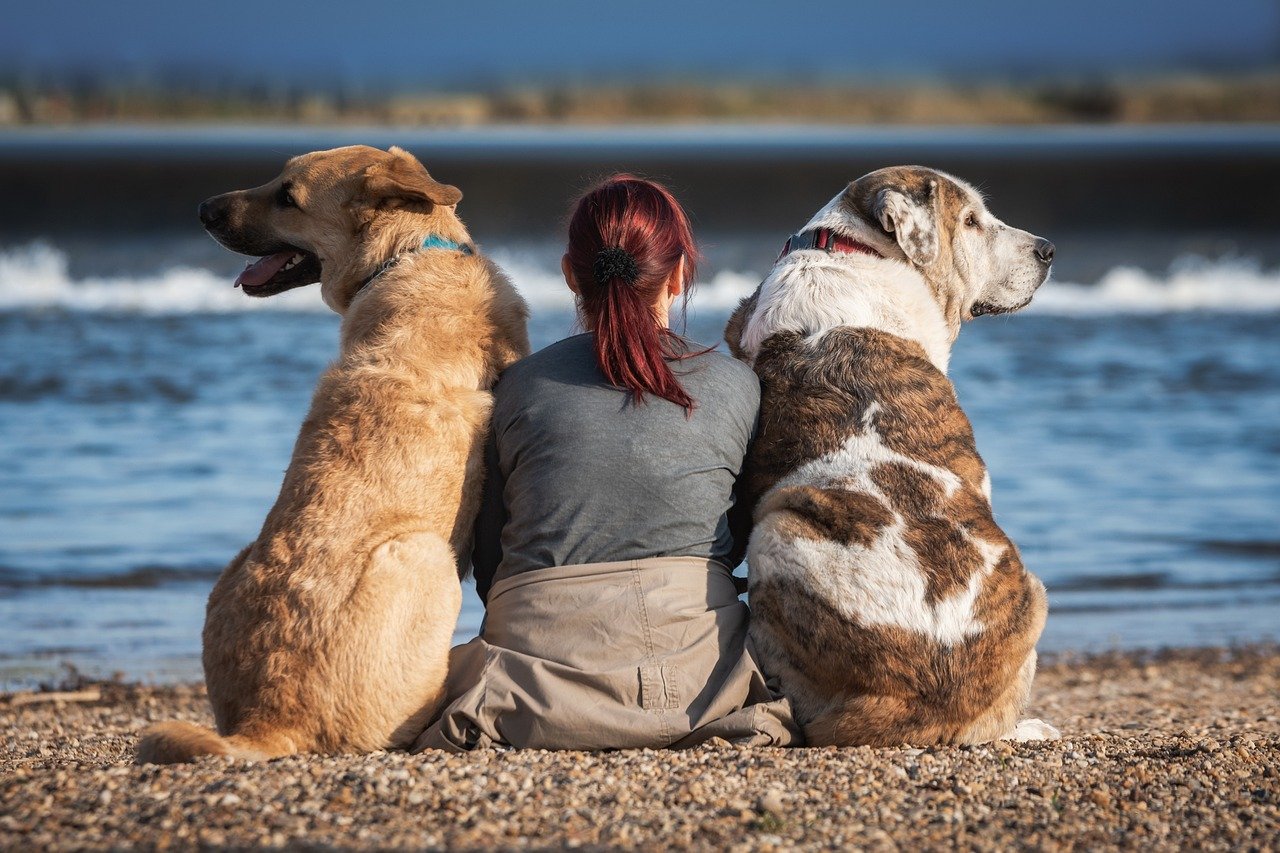
If your dog barks when a stranger hugs you, or tries to wedge themselves between you and a guest, they’re not just being nosy. Dogs can be fiercely loyal, and their protectiveness is a sign of deep attachment. This isn’t about asserting dominance—it’s about looking out for their “pack.” Dogs can feel jealous or possessive, especially if they sense their place is threatened. By recognizing these feelings and responding with reassurance, you strengthen your bond and reaffirm your role as a trusted partner.
Dogs as Teachers: Lessons in Humility and Humor
Living with a dog is a daily lesson in humility. From eating socks to barking at their own reflection, dogs remind us not to take ourselves too seriously. They approach life with enthusiasm, curiosity, and sometimes stubbornness. When your carefully laid plans are disrupted by a muddy paw or an unexpected zoomie, it’s a chance to laugh and let go. In these moments, dogs show us that leadership isn’t about control—it’s about patience, flexibility, and a sense of humor.
Reimagining Leadership: What Your Dog Really Wants
At the end of the day, your dog isn’t looking for a strict boss. They want guidance, consistency, and above all, companionship. True leadership in the canine world is about setting boundaries with kindness, offering reassurance, and sharing life’s adventures. Your dog wants to feel safe, understood, and loved—not dominated. By embracing this new understanding, you can build a relationship that’s richer, more rewarding, and filled with mutual respect.
Conclusion: What Your Dog Wishes You Knew
If your dog could talk, they’d probably tell you that being in a pack with you is their favorite thing in the world. They don’t care if you’re the alpha or the underdog; they just want to be by your side. They’re happiest when you’re together, whether you’re playing, exploring, or simply relaxing at home. So, the next time you wonder who’s leading whom, remember: your dog doesn’t need an alpha. They just need you.
Understanding your dog’s pack mentality can be a real game-changer. If you’re not leading with confidence and consistency, your pup might just take charge—and not in the cutest way. By setting clear boundaries and routines, you build trust and balance in your relationship. It’s not about being the bossy alpha; it’s about being the calm, confident leader your dog naturally wants to follow.
Jen is a passionate nature lover and ocean conservationist. She has dedicated her life to protecting the environment and preserving the beauty of the natural world. Growing up in a small coastal town, Jen sincerely appreciated the ocean and its inhabitants. She has spent countless hours exploring the shoreline, learning about the creatures that inhabit the waters, and advocating for their protection. Jen is an active member of ocean conservation organizations, and she is committed to educating the public about the importance of conserving wildlife and the natural environment.

